‘Godzilla Minus One’ Director Takashi Yamazaki Dunks On Marvel Studios Big Budget Inefficiency
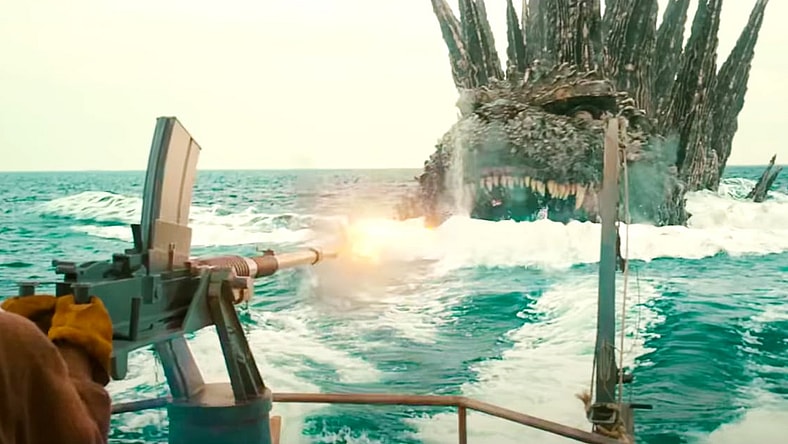
It’s been over two months since Godzilla Minus One made its way into theaters and people are still in disbelief at the amount of money it took to achieve such a cinematic feat.
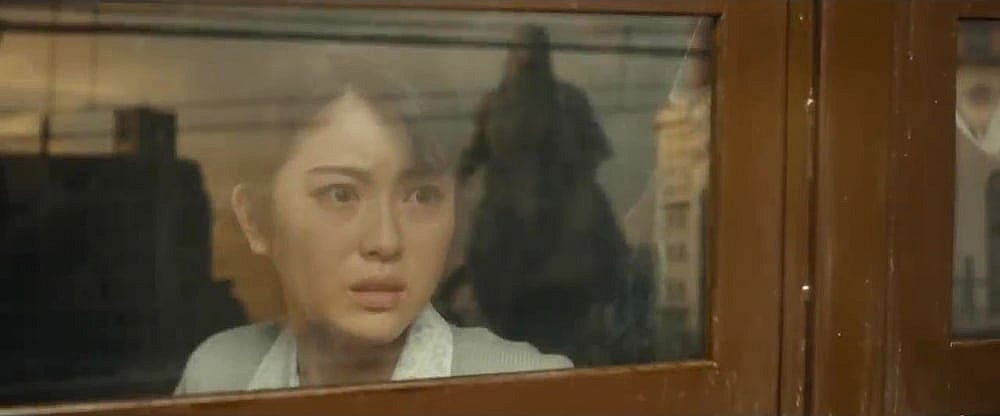
American audiences have become so accustomed to watching massive-budget superhero movies that cost nothing short of $250 million to produce and only get lukewarm reactions from audiences.
Superhero movies have become nothing more than actors in costumes standing in front of blue screens while the overwhelming majority of the film isn’t completed until post-production VFX teams make the film look as presentable as they can in a short period.
This business model drives the cost of the biggest movies of the year to explode to nine figures which is the primary reason why so many major studios are losing billions of dollars every year on movies that the interest does not match the amount of money sunk into the project.
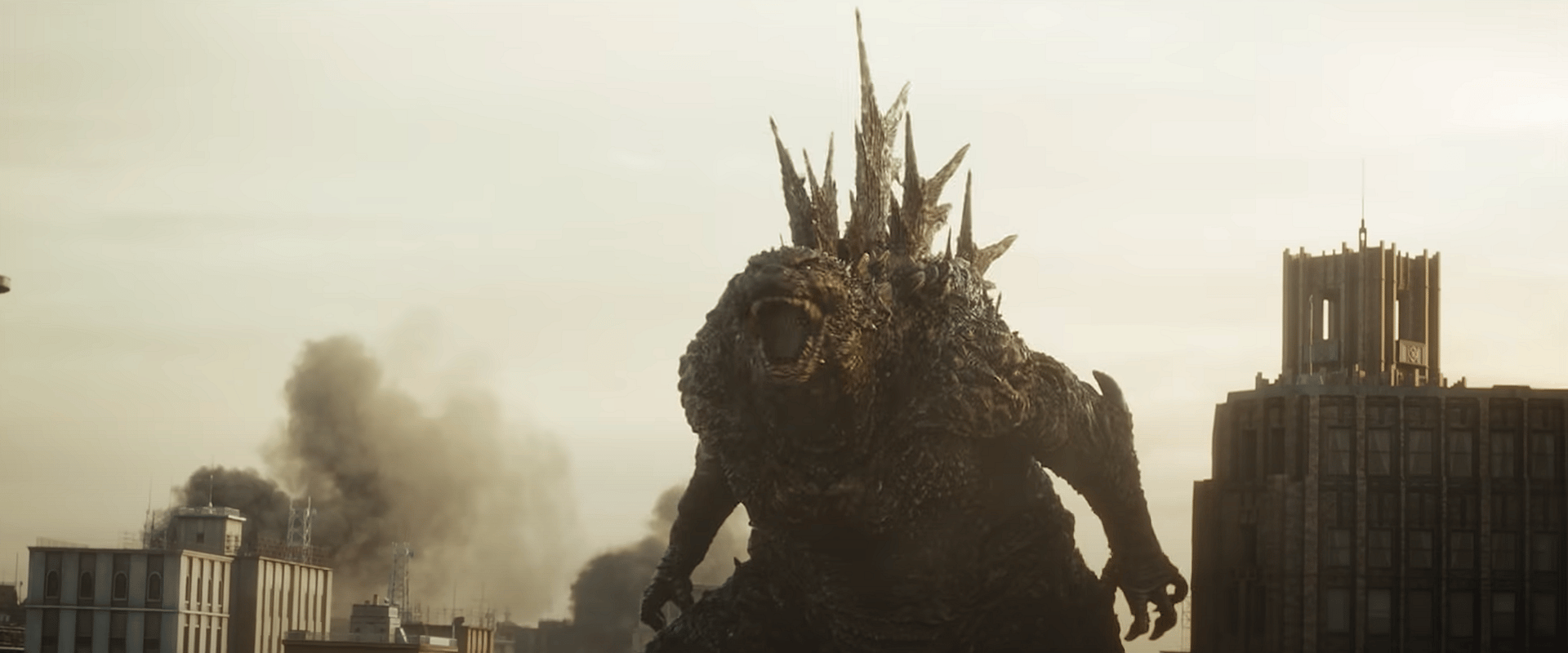
When a Godzilla movie from Japan comes along and claims to have been able to produce an entire feature-length film for less than $15 million, it is understandable why American audiences are in disbelief at such a claim.
How can they make a film like Godzilla Minus One that looks so good yet only costs 1/16 of what your average Marvel movie costs to produce?
Godzilla Minus One Director Takashi Yamazaki continues to pour salt in the wounds of Western filmmakers by not only sticking to his claim that the film only cost a total of $12 million to produce, but that the production was able to pull this off without having to cut corners on luxuries for the cast and crew onset of the movie.
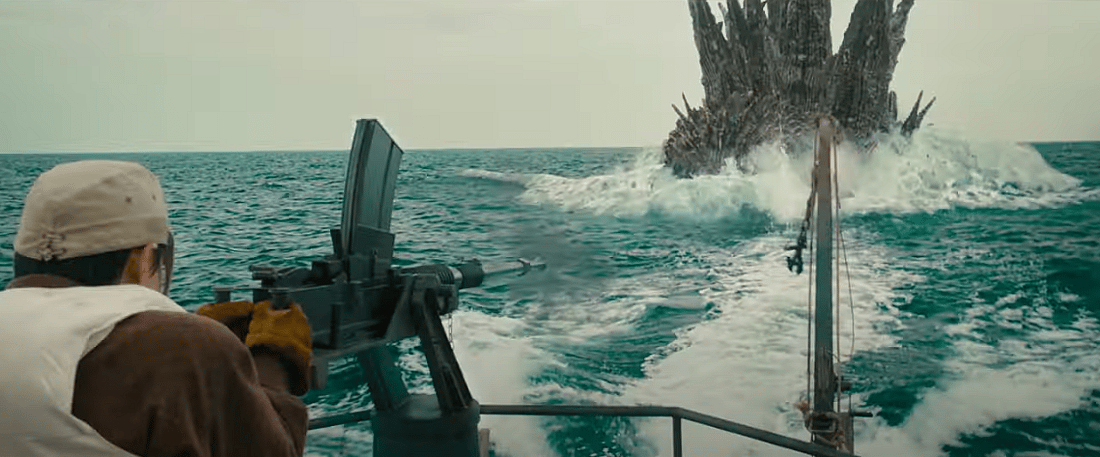
In a recent sit down with Vulture, Yamazaki said his team underlined that working conditions were pretty comfortable during the making of Minus One despite the small budget.
He claimed, “One thing that I will say is that we had our company do a pretty nice renovation and overhaul of this office floor because once we knew that we were going to work on a Godzilla project, we knew that we were going to be spending significant hours together. We made it more comfortable and cozy; we spent some budget building out a kitchen.”
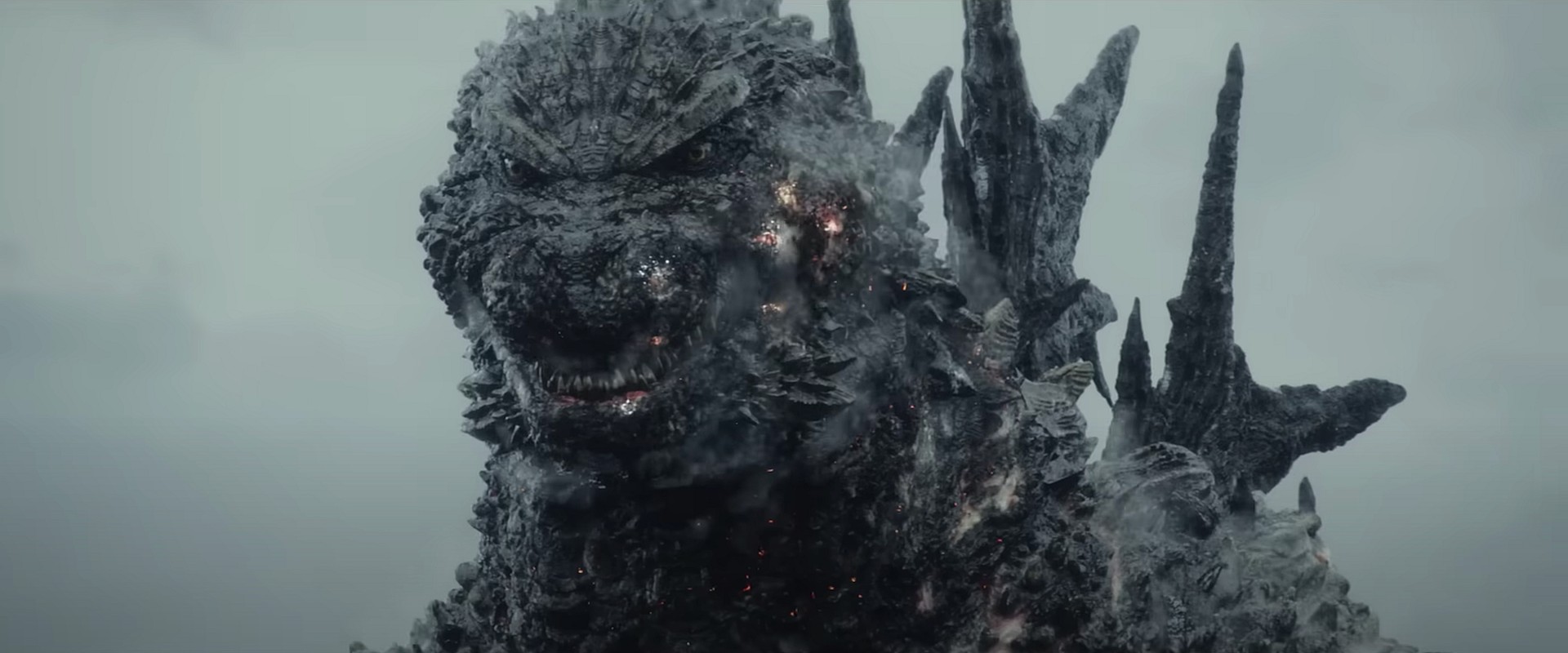
He continued: “We have a designated sushi chef in the kitchen. We really try to avoid long hours, but if you do, it’s a very welcoming environment in which to spend a few extra hours. Hopefully, in due time, VFX budget increases will allow for more improvements. I am looking forward to the day when we can pay creatives more.”
When asked if there was any advice that he could give Hollywood to solve their problem of keeping costs low on set, Yamazaki said that Hollywood should exercise more care in their filmmaking process.
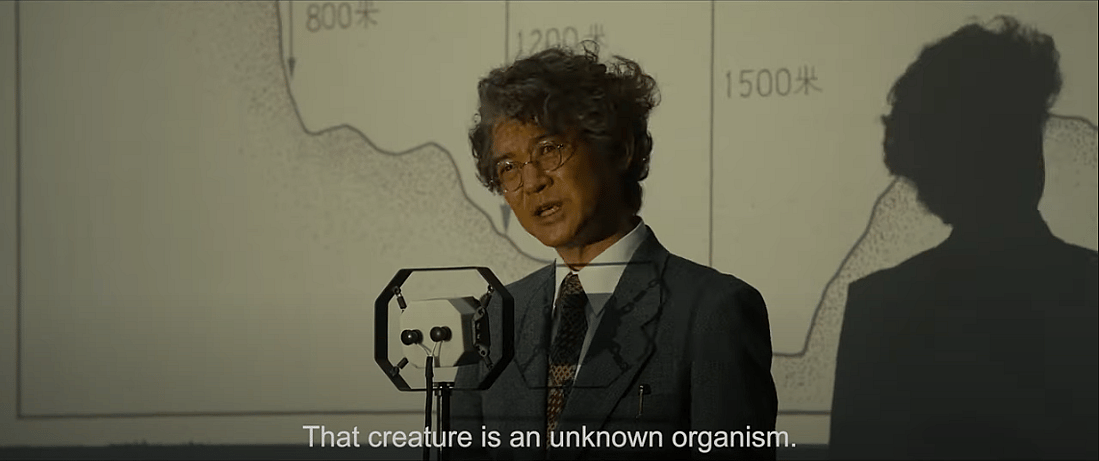
“If there is a solid vision throughout the process of making a single film, then I think there is a way to cut down on costs,” he said. “Yes, there are trial-and-error costs, and bouncing ideas off each other is necessary to a certain extent. But, if you can clearly communicate that vision, then maybe there is no need to do a lot of experimenting on the side that eats up a lot of cost and time.”
While Yamazaki claims that Hollywood has nothing they could learn from them, the numbers say otherwise. The Marvel Cinematic Universe has been suffering from one bomb after another.
The last MCU film was The Marvels, a film that ballooned to a $275 million production and became the lowest-grossing MCU of all time after only making back $206 million worldwide.

Whether it’s incompetency, money laundering (or a combination of both), Hollywood studios have a major spending problem especially when juxtaposed with the film’s quality. If they don’t figure something out soon they’re going to be losing ground to much smaller productions that come from overseas.
NEXT: Potential ‘Godzilla x Kong: The New Empire’ Spoilers Hint Gojira Might Be An “Anti-Hero”
